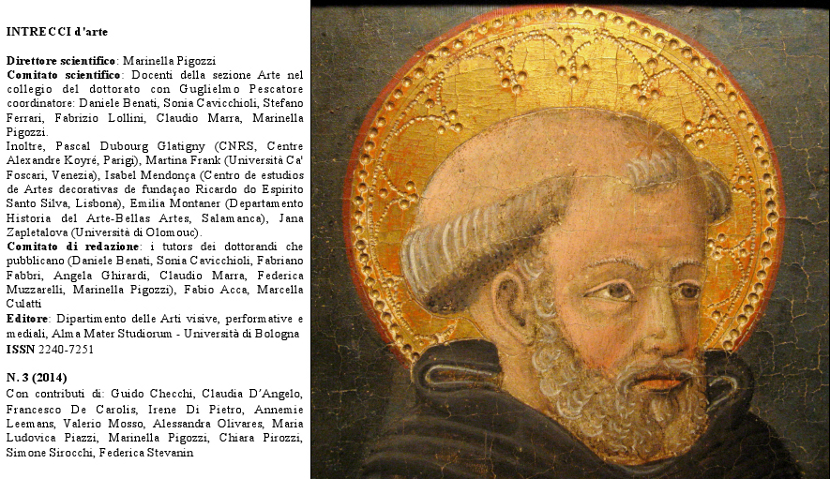Mind the gap. Cartografie urbane di luoghi dimenticati
DOI:
https://doi.org/10.6092/issn.2240-7251/4583Parole chiave:
situazionismo, Robert Smithson, On Kawara, Jeremy Wood, cartografia cognitiva, Henri LefebvreAbstract
Il saggio si propone di approfondire i lavori degli artisti che, a partire dalla fine degli anni ’60, si sono confrontati con la cartografia come mezzo per esperire la realtà. Sulla scorta del concetto di «cartografia cognitiva» sviluppata da Henri Lefebvre (1901-1991) in seno alla più ampia Critica della vita quotidiana e del rivoluzionario Urbanisme unitaire teorizzato dai Situazionisti, un consistente numero di artisti ha scelto la mappatura - sia essa fisica o mentale - come mezzo di interazione e di azione sul contesto urbano. Sintetizzando performance e riflessione concettuale, artisti come Robert Smithson (1938), On Kawara (1933) e Jeremy Wood (1976) hanno saputo ‘misurare’ l’ambiente urbano indagandone gli spazi al di fuori dei consueti circuiti quotidiani e per questo ‘dimenticati’.Downloads
Pubblicato
Come citare
Fascicolo
Sezione
Licenza
Copyright (c) 2014 Claudia D'Angelo
I diritti d'autore di tutti i testi nella rivista appartengono ai rispettivi autori senza restrizioni.
La rivista è rilasciata sotto una licenza Creative Commons Attribuzione 4.0 Internazionale (codice legale completo).
Vedere inoltre la nostra Open Access Policy.
Gli autori mantengono la responsabilità del testo e delle immagini. Le immagini e le fotografie possono avere licenze differenti.
L’editore è a disposizione degli eventuali proprietari dei diritti sulle immagini riprodotte nel caso non si fosse riusciti a reperirli per chiedere la debita autorizzazione.
Metadati
Tutti i metadati dei materiali pubblicati sono rilasciati in pubblico dominio e possono essere utilizzati da ognuno per qualsiasi scopo. Questi includono i riferimenti bibliografici.
I metadati – riferimenti bibliografici inclusi – possono essere riutilizzati in qualsiasi formato senza ulteriori autorizzazioni, incluso per scopo di lucro. Chiediamo cortesemente agli utenti di includere un collegamento ai metadati originali.






